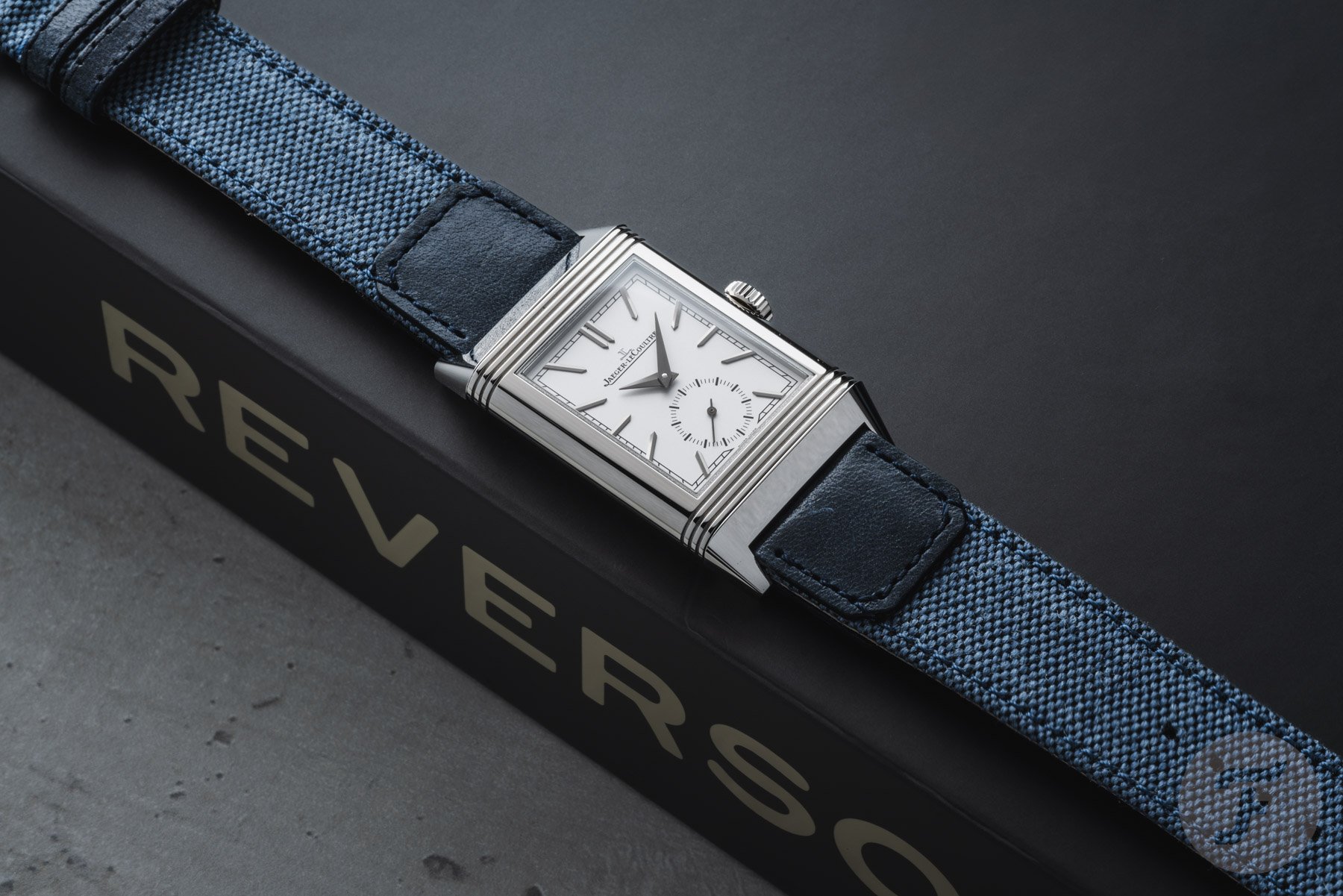The Greatest Horological Inventions of All Time: Why the Atomic Clock Was Invented

Editor?s Note: Today, we bring you the third installment in Andrew Canter’s series, The Greatest Horological Inventions of All Time. Today, Andrew examines the history of atomic timekeeping, from its earliest conception, to its potential future. Atomic timekeeping and atomic clocks are often misunderstood, but they form a framework for modern timekeeping standards that is, ultimately, indispensable.Â
You can find more of Andrew?s work at the Mr. Watchmaster website here.
?A more universal unit of time might be found by taking the periodic time of vibration of the particular kind of light whose wavelength is the unit of length.?
James Clerk Maxwell, Scottish Physicist from his Treatise on Electricity and Magnetism dated 1873
Cover page of James C. Maxwell’s A Treatise on Electricity and Magnetism, published in 1873.
It was way back in 1900 that the German physicist Max Planck suggested that the energy of an atomic oscillator is quantised. Albert Einstein extended this concept in 1905, explaining that electromagnetic radiation is localised in packets, later referred to as photons, of frequency and energy. This was the beginning of the journey that led to the invention of the Atomic Clock.
How does an Atomic Clock Work
An atomic clock is a type of clock that uses certain resonance frequencies of atoms to keep time with extreme accuracy. The electronic components of atomic clocks are regulated by the frequency of microwave electromagnetic radiation. Only wh...
| -------------------------------- |
|
|
Introducing – The Bremont Terra Nova 40.5 Date Caramel Limited Edition
31-10-2024 04:00 - (
Luxury Watch )












